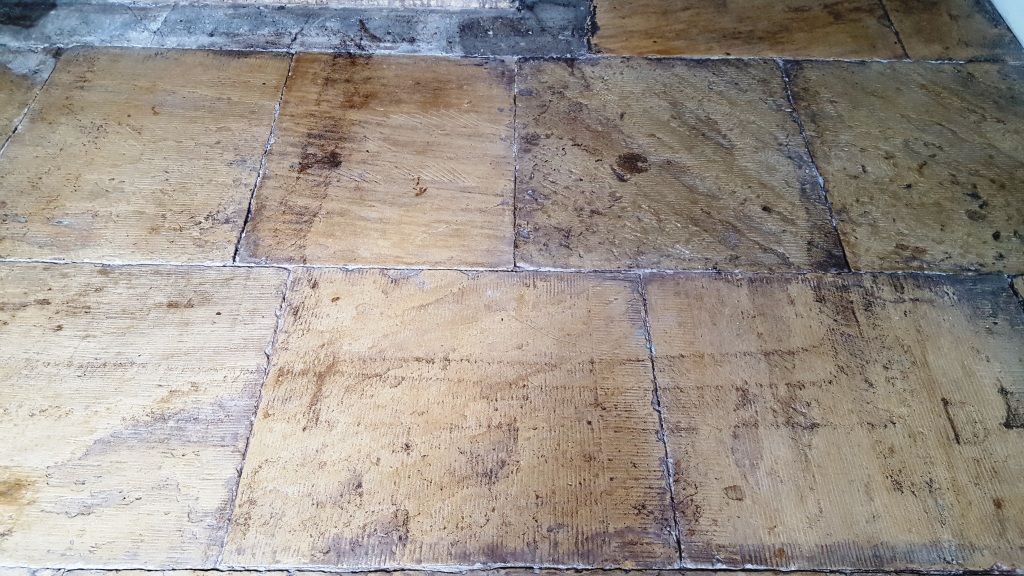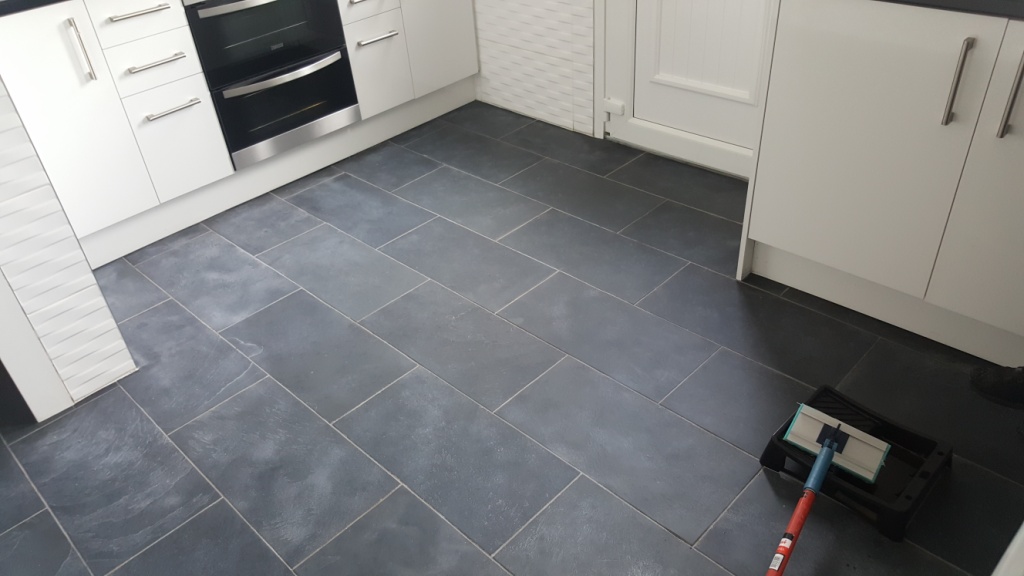When choosing flooring for your home, do consider Marmaloeum. Marmaloeum is the new eco-friendly option that is now available for home and office flooring. Using this type of flooring can help minimize the environmental impact. This flooring has received the ISO 14001 and the SMART certification. Marmaloeum was earlier popularly known as linoleum.
Different Types of Flooring Options
Today most people are choosing Marmaloeum over two of the most used flooring options: vinyl and carpeting. Carpets attract millions of allergens like dust, pollen, animal dander, mildew, and mold in spite of proper cleaning. Vinyl flooring can off gas air pollutants like PVC, cadmium, lead, dioxins, and phthalate plasticizers in the home
Advantages of Using Marmaloeum
Marmaloeum is made using a combination of rosins, linseed oil, pine, limestone, cork flour, and wood flour. The product is available in the form of flooring sheets and tiles. The non-toxic ingredients, when put together result in a hard and durable material. Moreover, anti-bacteria and anti-static properties that are available naturally are added to the mixture. This helps the flooring to resist dust and inhibit bacteria.
Additionally, the flooring clicks together effectively. This means no adhesives are required to join the flooring tiles so no nasty fumes are emitted. Since the flooring is made using all natural materials, it does not off gas toxic VOCs. Many dangerous health concerns have been considered and linked to the type of flooring used. Fortunately, none have been found yet when using Marmaloeum. In fact, Marmaloeum does not result in any health concerns when disposed as it is 100 percent biodegradable.
Apart from being extremely eco-friendly, this flooring is very easy to clean, as stains cannot penetrate through the hard protective layer of Marmaloeum. The surface can be cleaned using a vacuum or a mop. The manufacturer suggests using its own cleaning solution, which is easily available. No water must be used to clean the surface.
The next advantage is the variety of designs that Marmaloeum offers. This flooring offers consumers a variety in terms of color and designs. The manufacturer gives a selection of almost twenty-four colors that can be chosen by the consumer. Thus, Marmaloeum can be used in the kitchen, bedroom, bathroom, and corporate offices thanks to the variety available.
The last advantage of installing Marmaloeum is the price and its cost of replacement. Prices range from $5 to $8 per square foot with extra installation charges. However, the benefit is that these tiles can be replaced. The tiles can also be replaced partly if only few tiles are damaged.
Disadvantages of Marmaloeum
With so many advantages, just 2 disadvantages exist. The color of the Marmaloeum can be different from the sample chosen. This is because the ingredients used in this flooring are natural and can change over time. Secondly, unfortunately Marmaloeum cannot be recycled. However, it would decompose in a landfill without emitting any harmful chemicals. Thus, consumers can be sure their flooring, when dumped, will not release any harmful chemicals or materials in the ground, air and water.












